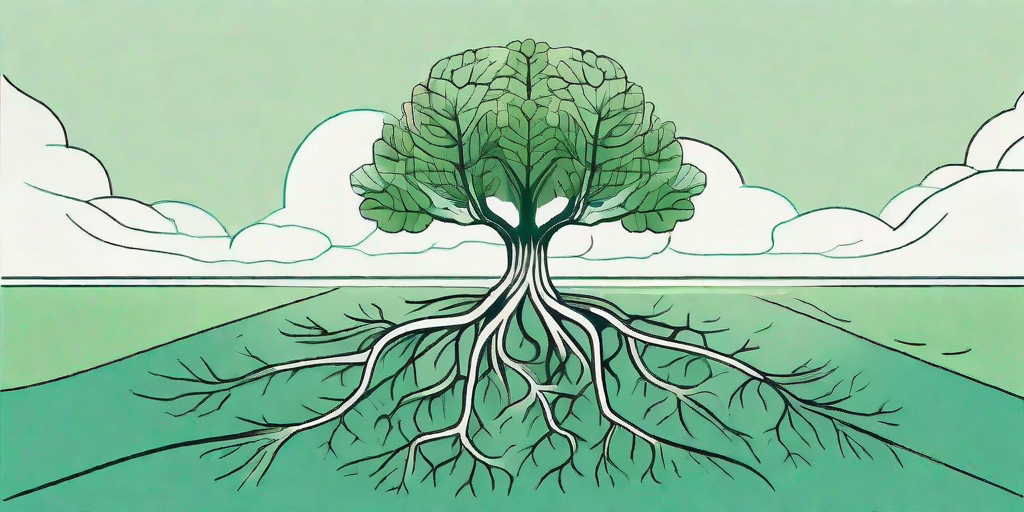
If you've ever dreamt of biting into a juicy fig straight from your own backyard, you're in the right place. Fig trees are a delightful addition to any garden, providing not only delicious fruit but also a touch of Mediterranean charm. However, like any self-respecting diva, they demand a bit of pampering. And the secret to their heart? Perfect fertilization. So, let's dive into the nitty-gritty of fig tree fertilization and turn your garden into a figgy paradise.
The Basics of Fig Tree Fertilization
Before we start, let's clear up a common misconception: fertilization is not just about dumping a bag of compost around your tree and hoping for the best. It's a delicate art, a balancing act of nutrients and timing, and fig trees are particularly picky about their diet.
Fig trees require a well-balanced fertilizer that contains nitrogen, phosphorus, and potassium - the holy trinity of plant nutrition. Nitrogen promotes leafy growth, phosphorus supports root development and fruit production, and potassium aids in overall plant health. So, when you're shopping for a fertilizer, look for one with a balanced N-P-K ratio.
But remember, fig trees are like the Goldilocks of the plant world - they don't want too much or too little of anything. Over-fertilizing can lead to excessive leaf growth at the expense of fruit production, while under-fertilizing can result in weak growth and poor fruit yield.
Timing is also crucial. Fig trees should be fertilized in early spring before new growth begins, and again in early summer to give them a mid-season boost.
Choosing the Right Fertilizer
There are countless fertilizers on the market, and choosing the right one can feel like finding a needle in a haystack. But fear not, dear gardener, we're here to help you navigate the fertilizer aisle.
Organic fertilizers, such as compost, manure, or bone meal, are a great choice for fig trees. They release nutrients slowly, reducing the risk of over-fertilization, and improve soil structure, promoting healthy root growth.
However, if you're after a quick fix, synthetic fertilizers can provide a rapid nutrient boost. Just be sure to apply them sparingly to avoid nutrient burn.
Applying the Fertilizer
Applying fertilizer is not rocket science, but there's more to it than simply scattering it around the tree. To ensure your fig tree gets the most out of its meal, follow these steps:
- Clear the area around the base of the tree of any weeds or debris.
- Spread the fertilizer evenly around the tree, starting a few inches from the trunk and extending out to the drip line (the outer edge of the tree's canopy).
- Water thoroughly after applying the fertilizer to help it penetrate the soil and reach the tree's roots.
Common Fig Tree Fertilization Problems
Even with the best intentions, things can go awry. Here are some common fig tree fertilization problems and how to fix them:
Yellow Leaves
Yellow leaves are often a sign of nitrogen deficiency. If your fig tree's leaves are looking more lemon than lime, it might be time for a nitrogen boost. Try adding a high-nitrogen fertilizer or some composted manure to the soil.
Weak Growth
If your fig tree is growing slower than a snail on a lazy Sunday, it might be lacking phosphorus. A high-phosphorus fertilizer or bone meal can help kick-start growth and get your fig tree back on track.
Poor Fruit Yield
Are your fig harvests more famine than feast? Your tree might be potassium deficient. Try adding a high-potassium fertilizer or wood ash to the soil to boost fruit production.
FAQs
Still got questions? Don't worry, we've got answers. Here are some of the most frequently asked questions about fig tree fertilization:
How often should I fertilize my fig tree?
Fig trees should be fertilized twice a year - once in early spring before new growth begins, and again in early summer.
What type of fertilizer is best for fig trees?
Fig trees prefer a balanced fertilizer that contains nitrogen, phosphorus, and potassium. Organic fertilizers, such as compost or manure, are a great choice as they release nutrients slowly and improve soil structure.
Can I use coffee grounds to fertilize my fig tree?
Yes, coffee grounds can be a great source of nitrogen for fig trees. However, they should be used as a supplement to a balanced fertilizer, not a replacement.
Conclusion
And there you have it - the secret to perfect fig tree fertilization. With a little bit of knowledge and a sprinkle of patience, you'll be on your way to growing a lush fig tree that's the envy of the neighborhood. So, roll up your sleeves, grab your fertilizer, and let's get figgy with it!











